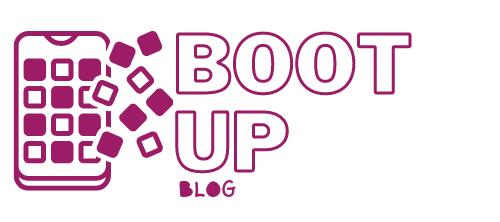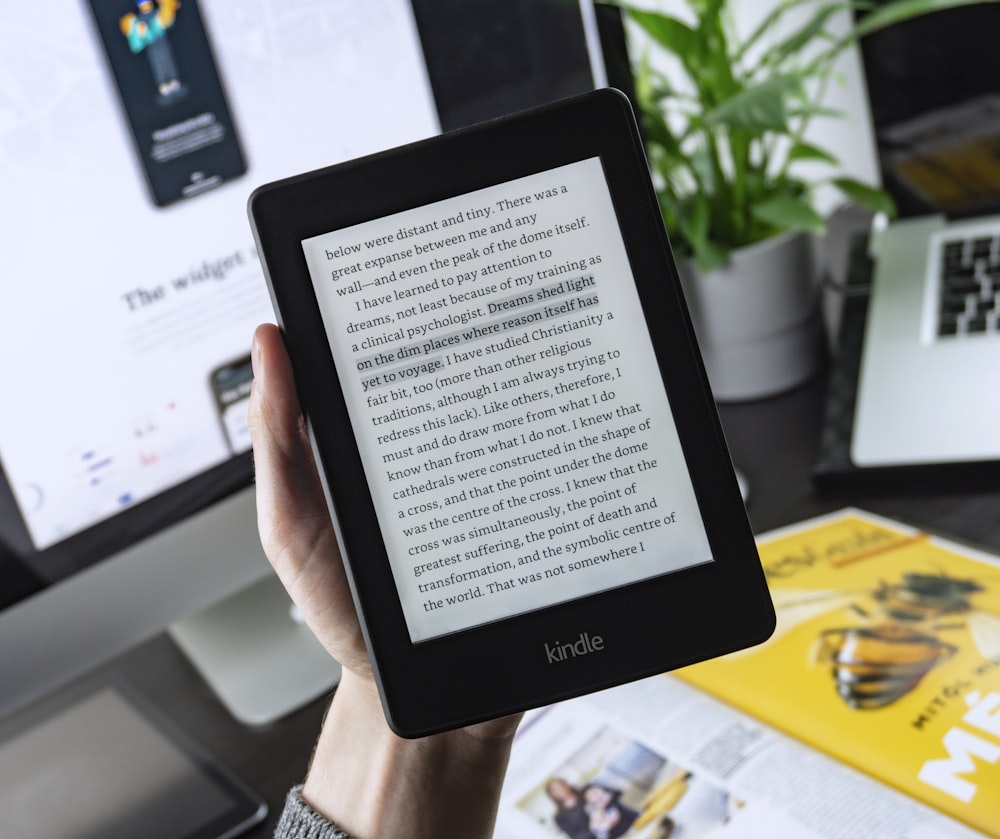In today’s digital age, e-readers are becoming increasingly popular for people who love to read. Among the many e-readers available in the market, the Amazon Kindle stands out as one of the most popular options due to its reliability, affordability, and convenient features. It offers an excellent reading experience with its high-resolution screens, lightweight design, and long battery life.
Additionally, the Kindle has many features that allow users to customize their reading experience and make it more enjoyable. However, before purchasing a Kindle, there are several things you should consider to ensure that it is the right choice for you. So, without further ado, let’s dive into this blog and learn some of the things you need to know before buying a Kindle.
1. Consider your reading habits
The first thing to consider before buying a Kindle is your reading habits. If you read frequently, especially while traveling or commuting, the Kindle may be an excellent investment for you. It is lightweight and compact, making it easy to carry around with you. However, if you only read occasionally or prefer physical books, a Kindle may not be the best choice for you.
2. Choosing the right model
Another important factor to consider when buying a Kindle is choosing the right model. Several Kindle models are available, each with unique features and price points. The basic Kindle model is the most affordable option, but it does not have a backlight and is not waterproof.
The Kindle Paperwhite has a backlight and is waterproof, making it a great option for those who like to read in different lighting conditions or near water. The Kindle Oasis is the most expensive option, but it has a larger screen, is waterproof, and has physical page turn buttons. Consider your budget and your reading needs before choosing a Kindle model.
3. Understanding connectivity options
It’s also essential to understand the differences between Wi-Fi and cellular connectivity before buying a Kindle. Most Kindle models offer both Wi-Fi and cellular connectivity options. Wi-Fi allows you to connect to a wireless network to download books and other content. Cellular connectivity allows you to download books and other content without the need for Wi-Fi. However, cellular connectivity comes with an additional cost and is not necessary for everyone. Consider your reading habits and whether you need to be able to download content without Wi-Fi before choosing a Kindle model with cellular connectivity.
4. Familiarizing yourself with the Kindle ecosystem
In addition to these factors, it’s essential to understand the Kindle ecosystem when purchasing a Kindle. When you purchase a Kindle, you are entering into the Kindle ecosystem, which means that you will be purchasing books and other content from Amazon’s Kindle store. While there are other e-book retailers available, the Kindle store has the largest selection of books and often offers the best prices.
However, it’s important to note that books purchased from the Kindle store can only be read on a Kindle or through the Kindle app on another device. If you already have a large collection of e-books from another retailer, you may want to consider a different e-reader that supports those file types.
5. Taking advantage of additional features
Finally, take advantage of the additional features that the Kindle offers. The Kindle allows you to highlight and take notes on books, making it a great tool for studying or research. It also has a built-in dictionary, making it easy to look up words while reading. Additionally, some Kindle models have Audible integration, allowing you to switch between reading and listening to books seamlessly. Take some time to explore the additional features of the Kindle to see how they can enhance your reading experience.
Final thoughts
In conclusion, the Kindle is an excellent investment for avid readers who want a convenient and affordable way to read books, magazines, and newspapers. However, before purchasing a Kindle, consider your reading habits, choose the right model, understand the differences between Wi-Fi and cellular connectivity, familiarize yourself with the Kindle ecosystem, and take advantage of additional features.
With these tips in mind, you’ll be able to make an informed decision and find the right Kindle for you. Sound off in the comments section below, and tell us what you want to read next and if you want to read more about Kindles.





One reply on “Top 5 Tips For Buying A Kindle”
[…] If your partner is a gamer, you know how important gaming is to them. They spend countless hours playing games and exploring virtual worlds. As their partner, you want to show your support and appreciation for their hobby by giving them a gift that shows you understand and support their passion. So, without further ado, let’s dive into this blog and learn about some of the gifts to give to your gamer partner. […]